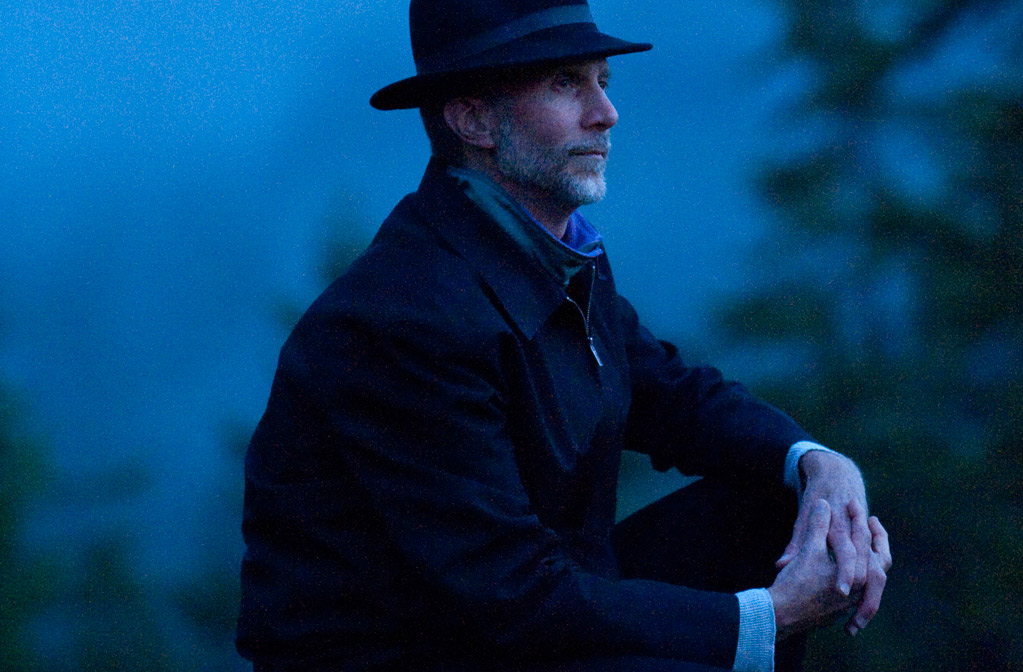Yesterday saw the world premiere of John Luther Adams’ “Vespers of the Blessed Earth” in Philadelphia.
The world premiere of Vespers of the Blessed Earth, the latest composition to date by American John Luther Adams (Meridian, Mississippi, 1953), one of the composers most concerned with ecology and the way in which man interferes with the health of the environment, took place on 30 March at the Kimmel Center in Philadelphia. Vespers of the Blessed Earth was premiered yesterday by the Philadelphia Orchestra, The Crossing choir and soprano Meigui Zhang, conducted by Yannick Nézet-Séguin. The fifty-minute composition will be performed again at the Philadelphia Orchestra’s headquarters on Saturday and Sunday, April 1 and 2, after a hiatus at Carnegie Hall in New York, where it will be performed tonight, Friday 31 March.
The work shows a geologically scaled view of Earth’s history, interspersed with sections focusing on specific examples of endangered environments, fauna and flora. The first movement, A Brief Descent into Deep Time, is described by Adams as a journey through “two-billion years of deep time through singing the names, colors, and ages of the geologic layers of the Grand Canyon.” A Weeping of Doves, for a cappella choir, is born from the song of the fruit dove (Ptilinopus pulchellus), a brightly coloured bird found throughout the rainforests of Papua New Guinea. The cry of the beautiful fruit dove functions here not only as a symbol of the divine spirit in Abrahamic religions and a representation of lost peace, but also as a direct inspiration from the ritual mourning and weeping practices of the Kaluli people of the New Guinean rainforests. The third movement, Night-Shining Clouds, illustrates a paradoxical tension between humanity’s disregard for the environment and the earth’s own response. Adams writes: “Sometimes on summer evenings, bright clouds appear on the northern horizon, pulsing with color as if illuminated from within. As we pollute the atmosphere more and more, these noctilucent clouds have become more widespread, as the earth just grows more beautiful.” In this movement, as throughout the work, the descending lines evoke austerity and sadness. Here the orchestral strings explore the subharmonic series, “spiraling downward in a nocturnal chaconne”. The allusion to the liturgical service of Vespers is most evident in the fourth movement – which Adams has called “the heart of my vespers” – entitled Litanies of the Sixth Extinction, in which he uses the Latin names of 192 endangered species, to which he finally adds Homo sapiens: “Sixth Extinction” is the term conservation biologists have given to the current Anthropocene mass extinction phenomenon, in which the disappearance of thousands of life forms coincides with climate change and humanity’s accelerated destruction of natural environments.
The final movement, Aria of the Ghost Bird, takes up the sacred implications of birdsong and spiritual presence, but with a poignant and cautionary tone. In this movement, Adams musically interprets the song of the extinct Hawaiian ōʻō bird of Kaua (Moho braccatus). The composer transcribed the bird’s distinctive song from a 1987 recording of the last of the species – a male – calling to a female that would never arrive, but which he continued to call to the end.
In the performance of the work, the musicians and singers are spread throughout the hall. “I want you to feel as though you’re the center of the music, and that it’s happening all around you,” the composer says. “Sort of like being out in a forest or a desert, or out in what I call the real world … where there’s something happening around you all the time.”
After living almost forty years in northern Alaska, his musical compositions sought to represent space, stillness and the elemental forces of nature in sound, in the conviction that music could do more than politics to change the world. In works such as Become Ocean, In the White Silence, Become Desert and Canticles of the Holy Wind, Adams has brought the sense of wonder we feel in the open air into the concert hall. As he writes on his website: “If we can imagine a culture and a society in which we each feel more deeply responsible for our own place in the world, then we just may be able to bring that culture and that society into being.”
